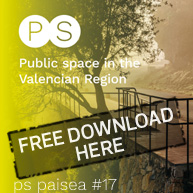Here are the 10 selected projects of the Future Cities Competition which will be exhibited in Venice during the upcoming XIII Architecture Biennial in August:
| Ateliermob, Portugal, Working with the 99% | Pichler Georg, Austria, Dumplab |
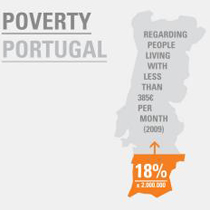 |
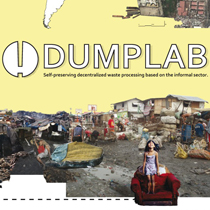 |
| gravalosdimonte arquitectos, Spain, Estonoesunsolar | Giovanni Hänninen, Italy, Rendering The City |
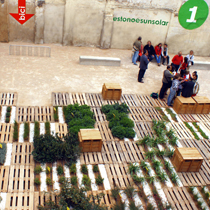 |
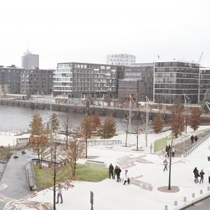 |
| Interazioni Urbane, Italy, FIL ROUGE_urban project | KH 11, Denmark, BaseCamp: a pop-up culture |
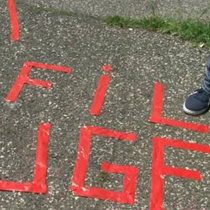 |
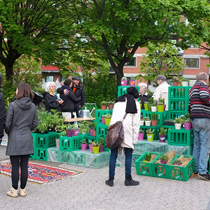 |
| Municipal Housing Secretariat of São Paulo, Brasil, Cantinho do Ceu Complex | Paolo Patelli, Italy, A field is to play |
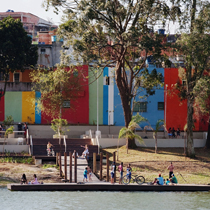 |
 |
| Splace, Italy, Down Plastic Town | Claire Taggart, UK, Social housing |
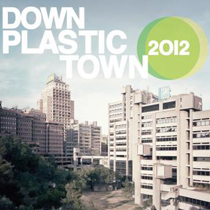 |
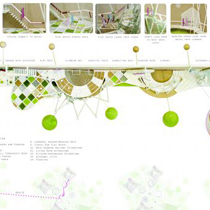 |
FUTURE CITIES – PLANNING FOR THE 90 PER CENT is an open call for visual projects in any media capable of transforming our urban spaces. Artists, photographers, architects and designers are invited to reflect on issues facing people in private and public spaces around the world, such as housing, transport, environment, leisure, overcrowding, proposing low cost, low tech solutions to improve conditions and understanding.
In forty years time, seven out of the world’s nine billion inhabitants will be living in cities. Almost half will be living in non-formal accommodation. The need to improve the metabolism of the metropolis by designing for conditions and environments which have always been considered emergency situations is now urgent and necessary.
PLANNING FOR THE 90 PER CENT is an invitation to take a harder look at the real city wherever you happen to be, making time to think about the very important improvements that can be made by creative and thoughtful solutions to everyday problems.
The ten selected projects will be exhibited at the Magazzini del Sale – Punta della Dogana, Venice, 27 August to 1 September 2012, during the upcoming XIII Architecture Biennial Meet the selectors on 27 August.
Selections by:
Anna Detheridge, president of Connecting Cultures, research agency, Milan.
Joseph Grima, architect, editor of Domus Magazine.
Richard Ingersoll, professor of Architecture at Syracuse University, Florence.
Fulvio Irace, architect, professor of History of Modern Architecture, Milan.
Mary Jane Jacob, artistic director of Public Programmes and director of Exhibition studies at the School of the Art Institute of Chicago.
Theme
Competition of ideas open to artists, architects, design-related professionals, and non-professionals, multidisciplinary teams for low cost, low tech interventions designed to confront critical issues regarding public space and infrastructure in specific contexts.
Goal of Future Cities Award
The competition is designed to give visibility to ‘decent architecture’, to micro-urban interventions in any city in the world planned to respond to a demand or explicit need of a population or community, whether in poor areas of western cities, or in the shanty towns of Africa, Asia or Latin America. Candidates are required to select a particular local issue or problem to which low cost, low tech responses are appropriate through micro-urban interventions for the regeneration of public space.
The project may address one or more of the following needs:
– practical every day problems of survival and or sanitation
– the removal of physical, social or symbolic barriers
– mobility and communication across the city
– opportunities for social inclusion/education or aggregation at a local level
– the re-appropriation of public space favouring new connections and new uses
– innovative ideas in reinterpreting public space as place
– issues limiting the quality of life of the inhabitants of a specific area
Projects can be presented in the form of installations utilizing any media such as photography, video, other media, documentary materials; services for the city; urban communication projects; urban furniture.
Evaluation criteria
– Community impact: the project should promote an active and open design community process that engage people and collaborate with local stakeholders.
– Economic sustainability: the project submitted should be sustainable from the point of view of the local economy and propose creative low budget material solutions.
– Design quality: innovative solutions favouring new connections, new uses, promoting basic human rights, dignity and social inclusion.











